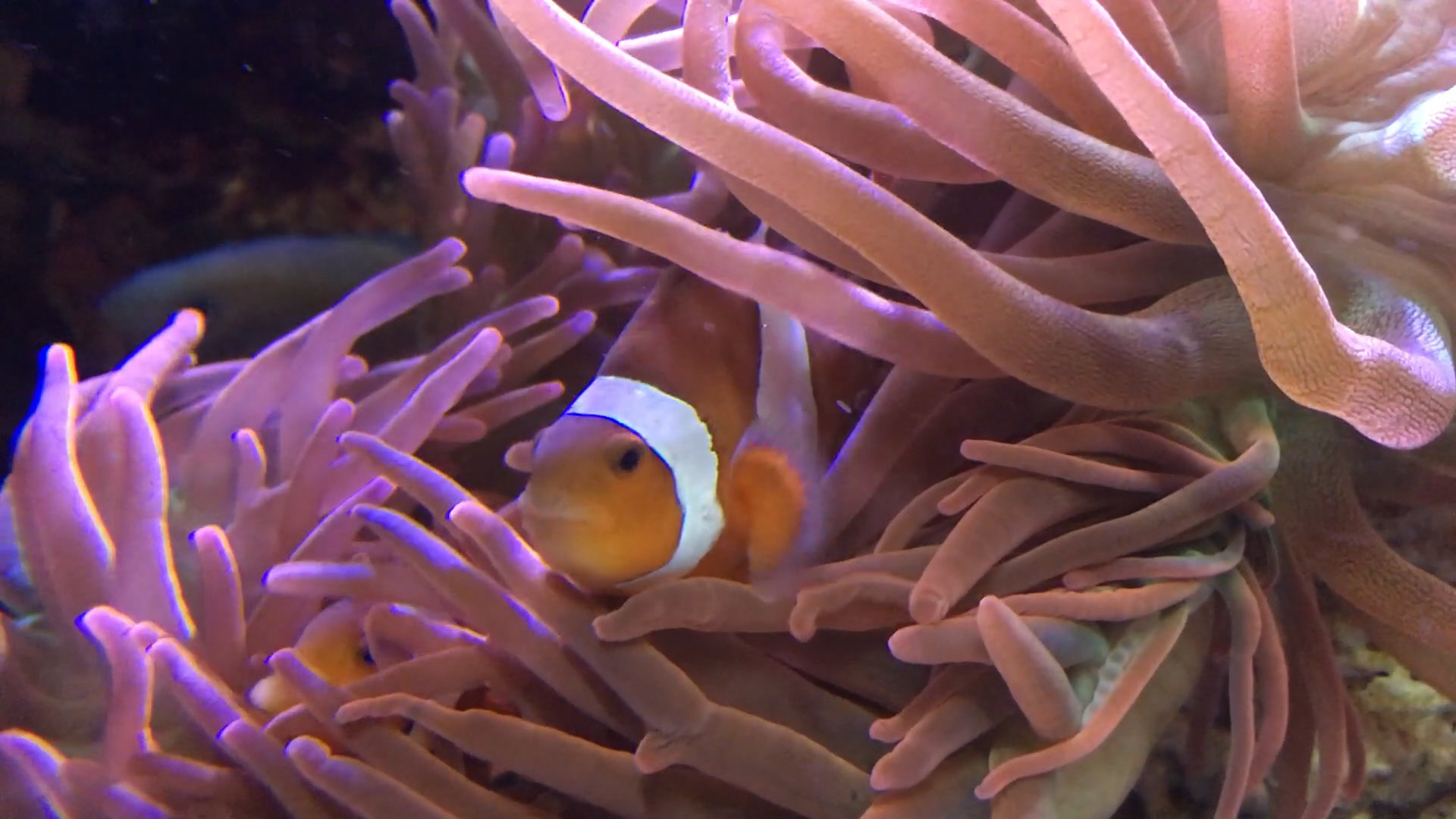WASHINGTON: Swapping bacteria may help Nemo, the adorable clownfish in the movie Finding Nemo, cohabitate with the fish-killing anemones, according to a study.
Nemo rubs himself all over the anemone he lives in to keep it from stinging and eating him like it does most fish, said researchers from the Georgia Institute of Technology in the US.
That rubbing leads the makeup of microbes covering the clownfish to change, the study published in the journal Coral Reefs found.
Having bacterial cooties in common with anemones may help the clownfish cozily nest in anemones’ venomous tentacles, a weird symbiosis that scientists have tried for decades to figure out.
The researchers studied microbes on clownfish who mixed and mingled with fish-killing anemones.
“It’s the iconic mutualism between a host and a partner, and we knew that microbes are on every surface of each animal,” said Frank Stewart, an associate professor at Georgia Institute of Technology.
“In this particular mutualism, these surfaces are covered with stuff that microbes love to eat: mucus,” Stewart said.
Clownfish and anemones swap lots of mucus when they rub.
The researchers chased 12 clownfish in six fish tanks for eight weeks to swab their mucus and identify microbes through gene sequencing.
They brought clownfish and anemones together and analysed the microbes in the mucus covering the fish when they were hosted by anemones and when they were not.
“Their microbiome changed,” said Zoe Pratte, a postdoctoral researcher in Stewart’s lab.
“Two bacteria that we tracked in particular multiplied with contact with anemones,” Pratte said.
“On top of that, there were sweeping changes,” said Stewart.
“If you looked at the total assemblages of microbes, they looked quite different on a clownfish that was hosted by an anemone and on one that was not,” he said. (AGENCIES)
Trending Now
E-Paper


